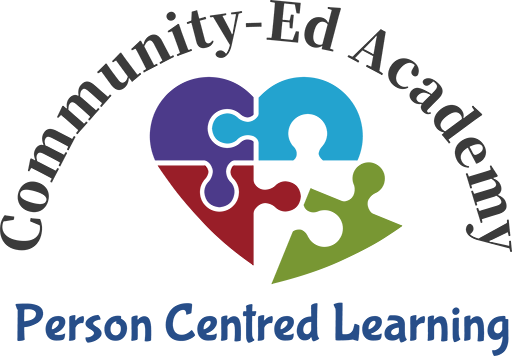Traffic Light & Tier System
Information for Parents/Guardians: The Traffic Light Behaviour System and The Tier System.
We are excited to introduce you to "The Traffic Light Behaviour System" and the “Tier System”, visual tools we are using at school to help students manage their behaviour. These systems are particularly beneficial for our students and helps create a positive and supportive learning environment for everyone. We want to keep you informed about these systems so that we can work together to support your child's success, both at school and at home.
What is The Traffic Light Behaviour System?
The Traffic Light Behaviour System uses three colours - green, yellow, and red - to represent different levels of behaviour. Each colour indicates the following:
What is the Tier System?
At Community-Ed Academy school, we also use the Tier System to help manage and support student behaviour. This structured approach helps students understand the impact of their actions and encourages positive behaviour both at school and at home. The Tier System helps create a consistent, supportive environment where students can learn and grow. Through positive reinforcement and clear consequences, we aim to guide students towards better behaviour and success both in school and at home.
Tier Three
School – The student will not earn coins for that lesson. Staff will address behaviour through role modelling and reflection. The school will use positive reinforcement to support the student to recognise their behaviour.
Home – Home will support the student to reflect on their behaviour and the student will not be able to access technology or be able to go out until 5:30pm that evening as a result of their behaviour.
Tier Two
School – Encourage and support the student to remove themselves from the situation through use of positive reinforcement (coins and time with other peers in class) and reminding the student of the consequences of their behaviour. The student will be supported to replace anything they have broken. The student will not earn coins for those lessons. Future trips may be impacted if continuous tier two is reached through the week.
Home – The student will be supported to replace anything they have broken (from their coins or pocket money). The student will be supported in reflecting on their behaviour. The student will not be able to access tech or be able to go out until 7pm.
Tier One
School – The student will not earn coins for that lesson. Staff will address behaviour through role modelling and reflection. The school will use positive reinforcement to support the student to recognise their behaviour.
Home – Home will support the student to reflect on their behaviour and the student will not be able to access technology or be able to go out until 5:30pm that evening as a result of their behaviour.
No Tier Day
School – Staff will highlight to the student how well they are doing in a way that works for them (loud and proud or quiet and softly), so that they know they are on a No Tier. Student will earn the majority of their coins and may receive extra Wow’s to help highlight positive behaviours.
Home – This will be celebrated as the student will know that if they succeed in achieving No Tier Days, the student may get extra rewards at home such as extra tech time, more TV time or even a takeaway of their choice at he end of the week.
How Can You Help From Home?
Your involvement and support are crucial for the success of The Traffic Light Behaviour System or the Tier System. Here's how you can help:
- Familiarise Your Child: Talk to your child about the Traffic Light Behaviour System using the language provided in the information sheet we shared with them. Help them understand what each colour represents and what behaviour leads to each level.
- Reinforce Positive Behaviour: Praise and celebrate your child's green light moments at home. Recognise their efforts in making good choices, following routines, and being kind.
- Discuss Yellow and Red Light Moments: If your child mentions experiencing yellow or red light moments, listen patiently and offer understanding. Help them identify their feelings and emotions, and encourage them to communicate their challenges openly.
- Problem-Solving Together: If your child encounters red light situations, work together to find solutions. Discuss alternative behaviours and coping strategies to handle challenging situations constructively.
- Stay Consistent: Consistency is key to reinforcing the system's effectiveness. Use a visual representation of the traffic light at home, like small cards or drawings, to remind your child of the behaviour expectations. These can be supplied by school.
- Celebrate Progress: Celebrate even the smallest improvements and progress your child makes in managing their behaviour. Positive reinforcement can be a powerful motivator. Think about specific privileges that your child could earn if they manage a green light day or week.
Working Together for Success
By using The Traffic Light Behaviour System both at school and at home, we can create a unified approach to help your child develop essential behavioural and emotional regulation skills. Should you have any questions or need further guidance, please don't hesitate to reach out to us. We value your partnership in ensuring your child's growth and well-being.
